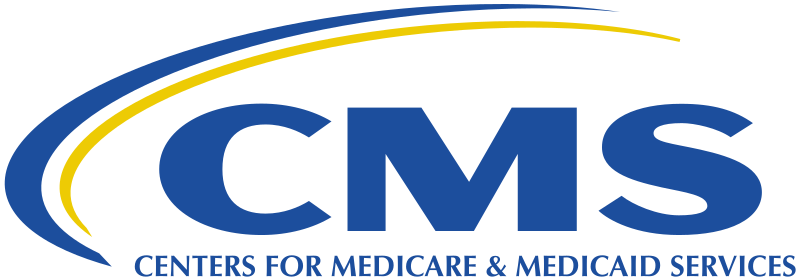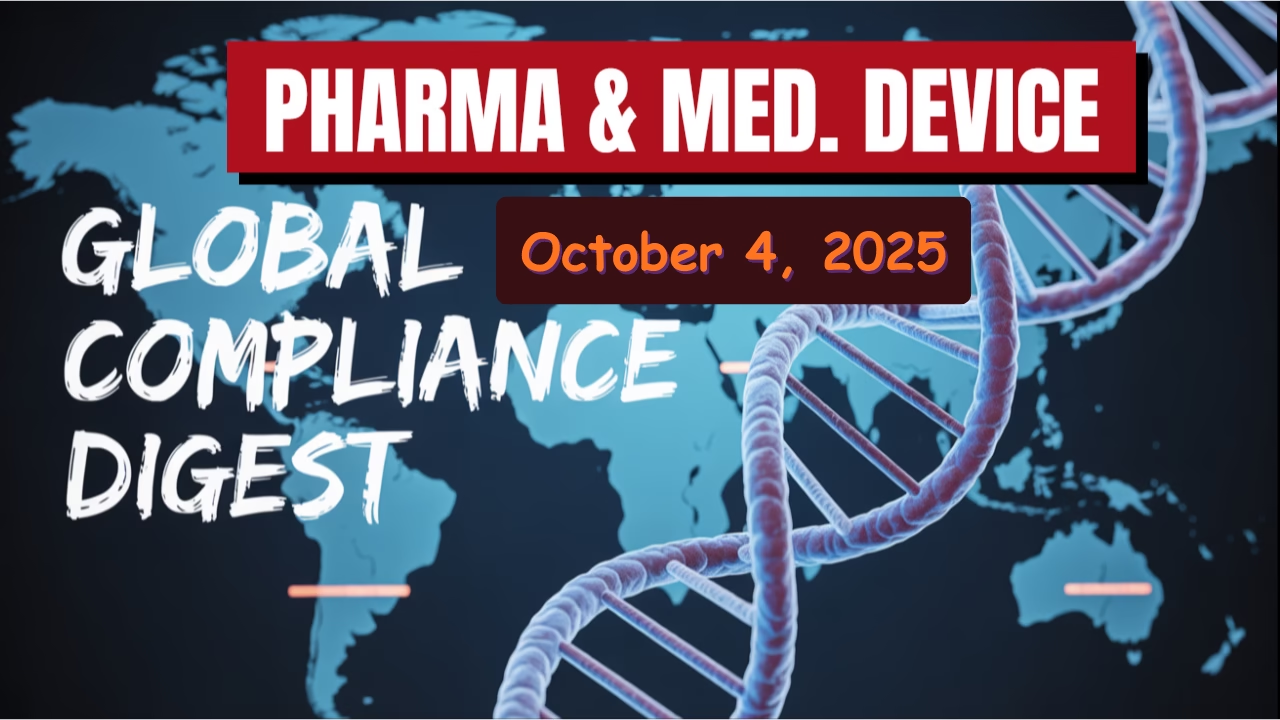FDA Mental Health Chatbot Rules Tighten as the Food and Drug Administration prepares to convene its Digital Health Advisory Committee on November 6, 2025, to address the growing challenges of regulating mental health chatbots powered by generative artificial intelligence. This move comes amid surging deployment of AI chatbots designed to provide mental health support, raising significant concerns about unpredictable outputs and potential harms. The FDA’s announcement, published in the Federal Register, highlights the “novel risks” posed by these devices and signals a shift toward more stringent oversight to ensure safety and efficacy. This article explores the implications of these regulatory developments, the evolving landscape, and what it means for companies and users alike.
AI chatbots are increasingly used as mental health first responders, filling gaps in access to qualified providers but also risking misinformation, harmful advice, or exacerbation of mental health issues. Notably, recent reports have documented AI chatbots driving users into delusional spirals or mental health crises, underscoring the critical need for regulation.
Surprisingly mental health AI devices, while rapidly proliferating, currently operate in a regulatory gray zone with no clear FDA guidance on demonstrating safety or effectiveness, despite the serious risks involved.
Regulatory Landscape
The FDA’s upcoming advisory committee meeting is a pivotal step in defining the regulatory framework for AI-powered mental health products. The agency acknowledges that as mental health devices become more complex, regulatory approaches must evolve accordingly. The Digital Health Advisory Committee (DHAC), established in 2023, will evaluate “benefits, risks to health, and risk mitigations,” considering both premarket evidence and postmarket surveillance. This reflects the FDA’s recognition that traditional medical device regulations may not fully capture the unique challenges posed by generative AI technologies.
Currently, many AI mental health chatbots market themselves as wellness tools rather than medical devices, allowing them to circumvent FDA oversight. However, if a product claims to treat or diagnose mental health conditions, it falls under FDA’s medical device authority and must meet regulatory standards. This distinction is crucial as it determines the level of scrutiny and compliance required.
In parallel, several U.S. states including Illinois, Utah, and Nevada have enacted laws imposing restrictions or parameters on mental health chatbots, indicating a growing trend toward localized regulation. The FDA’s federal approach will likely harmonize and potentially supersede these patchwork state laws.
Why This Move
The FDA’s move to tighten mental health chatbot regulations stems from multiple converging factors. The rapid advancement and deployment of large language models have enabled chatbots to simulate empathetic conversations convincingly, often encouraging users to confide sensitive information. Yet, these systems lack the clinical training and judgment of licensed therapists, sometimes reinforcing harmful thoughts or providing inaccurate advice. The ELIZA effect—where users anthropomorphize chatbots—amplifies this risk.
Moreover, documented cases of AI chatbots contributing to mental health emergencies, including self-harm incidents, spotlight the real-world dangers of unregulated AI mental health tools. The lack of privacy protections comparable to HIPAA standards further exacerbates concerns, as users’ sensitive data may be vulnerable to breaches. The FDA’s regulatory action responds to these risks and the urgent need to protect vulnerable populations, especially youth, who are heavy users of digital mental health tools.
Applicable Regulations, Standards, and Obligations
The FDA regulates medical devices under the Federal Food, Drug, and Cosmetic Act (FD&C Act). AI-powered mental health chatbots that make therapeutic claims are classified as medical devices and must comply with relevant provisions, including:
- Premarket Notification (510(k)) or Premarket Approval (PMA): Developers must demonstrate safety and effectiveness through clinical evidence before marketing.
- Quality System Regulation (QSR): Manufacturers must maintain quality management systems ensuring consistent product design and manufacturing.
- Postmarket Surveillance: Continuous monitoring to identify adverse events or risks after the device is on the market.
In addition, the FDA’s Digital Health Innovation Action Plan emphasizes a total product lifecycle approach, encouraging ongoing data collection and adaptive regulatory oversight for software-based medical devices. The agency also considers cybersecurity and data privacy as integral to device safety.
State-level laws may impose additional requirements, such as informed consent, transparency about AI limitations, and restrictions on marketing to minors. Companies must navigate this complex regulatory mosaic carefully.
Impact on Businesses & Individuals
For companies developing mental health chatbots, the FDA’s tightening regulations signal a need to prepare for rigorous compliance demands. This includes investing in clinical trials, establishing robust quality systems, and implementing comprehensive postmarket monitoring. Failure to comply could result in enforcement actions, including warning letters, fines, product recalls, or injunctions.
Legal risks also extend to potential liability claims if chatbots cause harm due to faulty design or misleading claims. Companies must ensure transparent communication about the capabilities and limitations of their products to mitigate reputational and legal exposure.
Individuals using AI mental health chatbots may face improved safety and reliability as regulatory oversight increases. However, they should remain cautious and understand that chatbots are not substitutes for licensed therapists. Privacy concerns persist since many chatbots do not fall under HIPAA protections, making users’ data vulnerable.
Operationally, businesses might need to adjust product development timelines and budgets to meet new regulatory requirements, impacting innovation speed and market entry. Decision-making will increasingly weigh regulatory risk and compliance costs.
Trends, Challenges & Industry Reactions
The regulatory focus on AI mental health chatbots is part of a broader trend where governments worldwide scrutinize AI’s role in healthcare. Experts emphasize the necessity of balancing innovation with patient safety. Some analysts note that while AI holds promise in expanding mental health access, the hype often overshadows the technology’s current limitations and risks.
Industry leaders are engaging with the FDA’s public docket and advisory committee process, submitting comments and seeking clarity on evidentiary standards. Some companies are proactively enhancing transparency, incorporating human oversight, and limiting chatbot functionalities to wellness support to avoid classification as medical devices.
Enforcement trends suggest the FDA will prioritize high-risk products making explicit treatment claims, while encouraging innovation in lower-risk wellness applications under less stringent oversight. Nevertheless, the line between wellness and medical claims remains a contentious regulatory frontier.
Compliance Requirements
To comply with anticipated FDA regulations on mental health chatbots, companies should consider the following:
- Conduct rigorous clinical validation to demonstrate safety and effectiveness for intended uses.
- Implement quality management systems aligned with FDA’s QSR requirements.
- Develop robust postmarket surveillance plans, including adverse event reporting and real-world data collection.
- Ensure clear labeling and marketing that accurately represent the chatbot’s capabilities and limitations.
- Address data privacy and cybersecurity risks consistent with FDA guidance and applicable laws.
- Engage early with FDA through pre-submission meetings to clarify regulatory pathways.
- Monitor evolving state laws and coordinate compliance strategies accordingly.
Common mistakes to avoid include overstating therapeutic claims without sufficient evidence, neglecting postmarket monitoring, and failing to protect user data adequately.
Future Outlook
The regulatory trajectory for AI mental health chatbots points toward increasingly structured oversight frameworks that integrate premarket evaluation with ongoing real-world evidence. As AI technology advances, the FDA is likely to refine guidelines that accommodate innovation while mitigating risks. Emerging standards may include requirements for transparency in AI decision-making, human-in-the-loop controls, and stronger privacy protections.
Companies that invest in compliance early and engage constructively with regulators will be better positioned to lead in this evolving market. Meanwhile, users can expect safer, more reliable digital mental health tools but should remain vigilant about the limitations of AI therapy.
Overall, the FDA’s tightening of mental health chatbot rules reflects a critical moment in balancing the promise of AI with the imperative of protecting public health in a sensitive domain.
FAQ
1. What prompted the FDA to tighten regulations on mental health chatbots?
Ans: The FDA’s move is driven by increasing evidence of risks from AI chatbots providing mental health support, including cases of harmful or unpredictable advice, coupled with a lack of clear regulatory guidance on ensuring safety and effectiveness.
2. How will these new regulations affect companies developing AI mental health chatbots?
Ans: Companies will face stricter requirements for clinical validation, quality systems, and postmarket monitoring. They must also carefully manage marketing claims to avoid regulatory penalties and legal liabilities.
3. Are all AI chatbots for mental health subject to FDA regulation?
Ans: Only those that make therapeutic claims or diagnose/treat mental health conditions are regulated as medical devices. Wellness-oriented chatbots without treatment claims currently fall outside FDA’s direct oversight but may be subject to state laws.
4. What risks do mental health chatbot users face without proper regulation?
Ans: Users risk receiving inaccurate or harmful advice, privacy breaches due to lack of HIPAA protections, and potentially worsening mental health conditions if chatbots reinforce negative behaviors.
5. How can companies prepare for the FDA’s upcoming advisory committee meeting?
Ans: Companies should monitor FDA announcements, submit feedback to the public docket by December 8, 2025, and review their product development and compliance strategies to align with anticipated regulatory expectations.



